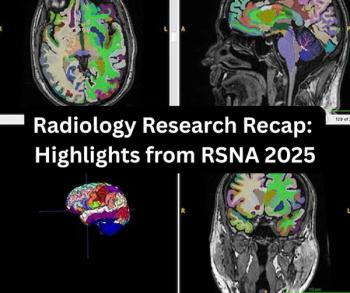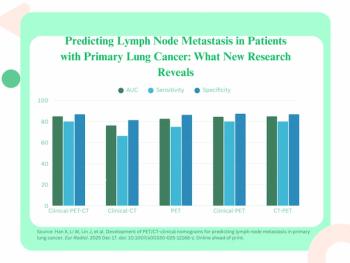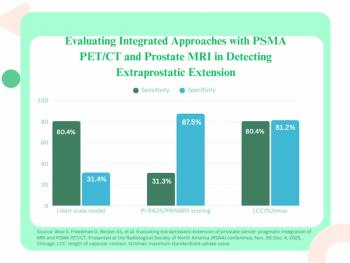
New Chest Imaging Guidance from the World Health Organization
A team of international experts published seven recommendations for the use of chest imaging in the diagnosis and management of COVID-19-positive patients.
The World Health Organization (WHO) has published new rapid guidance for using chest imaging for diagnosing and managing patients who test positive for COVID-19.
For two months, international experts shared their knowledge and experience via online meetings and reviews. The result is a concise list of recommendations on how providers can best evaluate the how acceptable, feasible, and effective chest X-ray, chest CT, and lung ultrasound will be in addressing COVID-19.
The team published their guidance in the journal
For diagnosis, the team made three recommendations:
- Chest imaging does not offer diagnostic accuracy for asymptomatic COVID-19 patients, and use is not suggested.
- Choose RT-PCR, when available and time-effective, over chest imaging in symptomatic COVID-19 patients.
- Chest imaging can be used with symptomatic patients in two instances: when the RT-PCR test is either unavailable or results are delayed and when initial RT-PCR results are negative, but there is a high clinical suspicion of COVID-19.
The team made four additional recommendations for chest imaging with patient management:
- For patients with suspected or confirmed COVID-19 who have mild symptoms, use chest imaging – alongside lab assessments – to decide between a hospital admission or home recovery.
- For patients with confirmed infection and moderate-to-severe symptoms, pair imaging with lab assessments to decide between regular ward or intensive care unit admission.
- For hospitalized patients with suspected or confirmed infection and moderate-to-severe symptoms, use chest imaging with lab assessments to inform therapeutic management.
- Do not use chest imaging in hospitalized patients whose symptoms have resolved to make a decision regarding discharge.
The team did note that these recommendations were conditional, were based on low-to-very low certainty findings culled from existing studies, and were directed at chest imaging overall rather than specific modalities. Additionally, they said, there is a continual need for more evidence about the diagnostic and prognostic value of imaging modalities in the management of the pandemic.
Newsletter
Stay at the forefront of radiology with the Diagnostic Imaging newsletter, delivering the latest news, clinical insights, and imaging advancements for today’s radiologists.




























